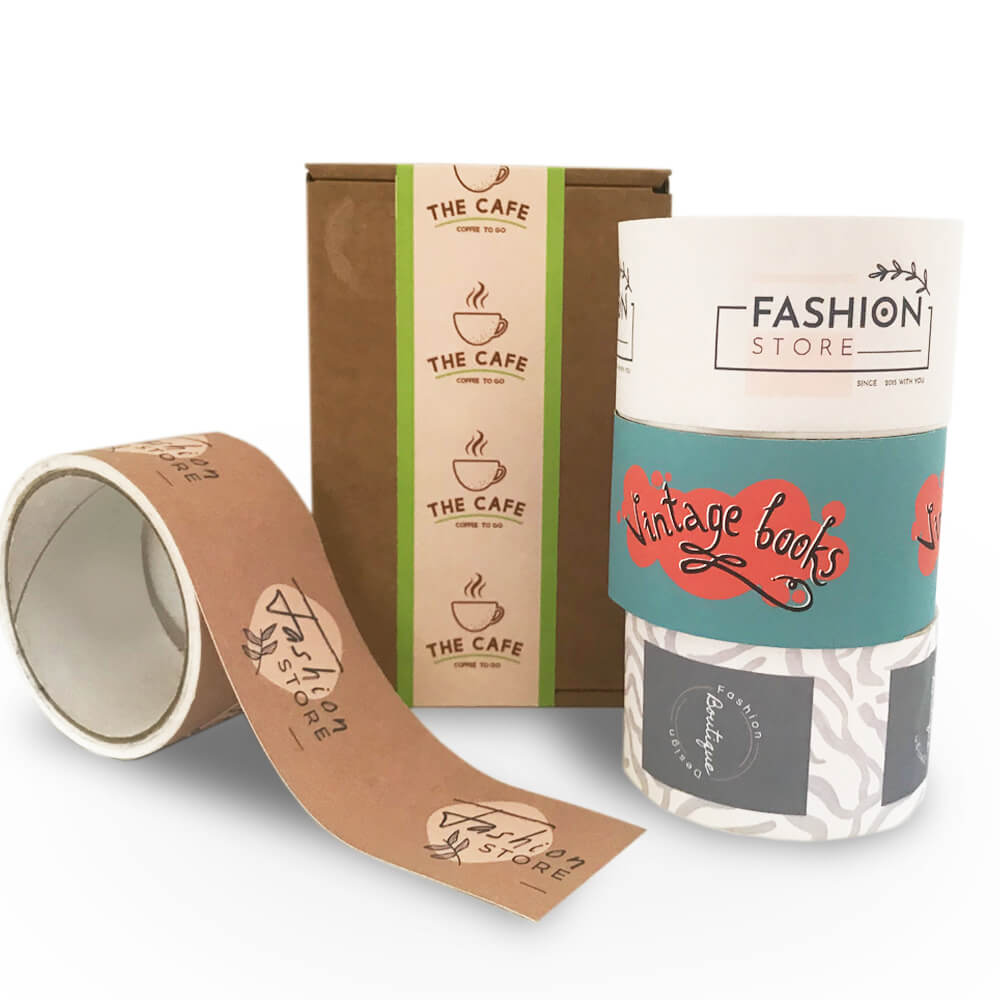Food Packaging Containers An Essential Component of Modern Food Safety
In our modern world, food packaging containers play a crucial role not only in preserving the quality of food but also in ensuring safety and convenience for consumers. As the global demand for food increases, so does the need for effective packaging solutions. The evolution of food packaging containers has transformed how we store, transport, and consume food, making them an essential component of the food industry.
The Importance of Food Packaging
The primary purpose of food packaging is to protect food from contamination and spoilage. A comprehensive packaging strategy includes considerations for physical barriers, such as moisture, light, and oxygen, which can compromise food quality. For instance, airtight containers are vital for preventing the spoilage of perishable items like fruits, vegetables, and dairy products. Additionally, packaging reduces the risk of foodborne illnesses by safeguarding food from pathogens.
Packaging also ensures a longer shelf life, which is critical for minimizing food waste. With millions of tons of food discarded each year, effective packaging systems can significantly extend the usability of products, contributing to sustainability efforts. By extending shelf life, food packaging helps preserve not just the safety and quality of food but also the environment by reducing waste and conserving resources.
Types of Food Packaging Containers
Food packaging containers come in various forms, each suited to specific types of food and purposes. Some common types include
1. Plastic Containers Widely used due to their lightweight and durability, plastic containers are often used for both packaging and storage. They can be molded into various shapes and sizes, allowing for versatility in design. However, concerns about plastic waste and environmental impact have prompted a shift towards more sustainable materials.
2. Glass Containers Known for being non-porous and impermeable, glass jars and bottles are ideal for preserving the taste and freshness of items. They are commonly used for sauces, pickles, and beverages. Glass packaging is recyclable and reusable, making it a popular choice among eco-conscious consumers.
food packaging containers

3. Cardboard and Paper Frequently used for dry goods and snacks, cardboard and paper packaging are biodegradable and easily recyclable. They offer effective barrier properties and can be printed upon for branding purposes. However, they are less suitable for liquid items unless specially treated.
4. Metal Containers Cans and aluminum packaging are particularly prevalent in the preservation of products such as vegetables, fruits, and beverages. Metal packaging is not only durable but also offers an excellent barrier to light and oxygen. This makes it especially useful for products needing long shelf lives.
5. Flexible Packaging As a growing trend in the food industry, flexible packaging includes pouches, bags, and wraps. It requires less material than rigid containers, reducing waste and shipping costs. Flexible packaging is often designed to include resealable features, which enhance convenience for consumers.
Innovations in Food Packaging
As consumer awareness of health and environmental issues increases, the food packaging industry is undergoing significant innovations. Lightweight packaging solutions, plant-based materials, and biodegradable alternatives are gaining traction. Technologies such as vacuum sealing and modified atmosphere packaging improve food preservation by slowing down the decay process.
Additionally, smart packaging technologies are being developed to enhance food safety further. Examples include labels that indicate freshness or potential spoilage and containers with built-in sensors that monitor temperature and humidity. These innovations ensure that food remains safe from production to consumption, catering to the needs of an increasingly health-conscious consumer base.
Conclusion
Food packaging containers are integral to the modern food supply chain, providing safety, convenience, and preservation. As technology advances and consumers become more environmentally conscious, the industry must continue to adapt and innovate. The right packaging not only serves to protect food but also promotes sustainability and ensures that consumers receive fresh, safe, and high-quality products. Ultimately, the evolution of food packaging containers will play a significant role in addressing global food challenges and shaping the future of the food industry.



